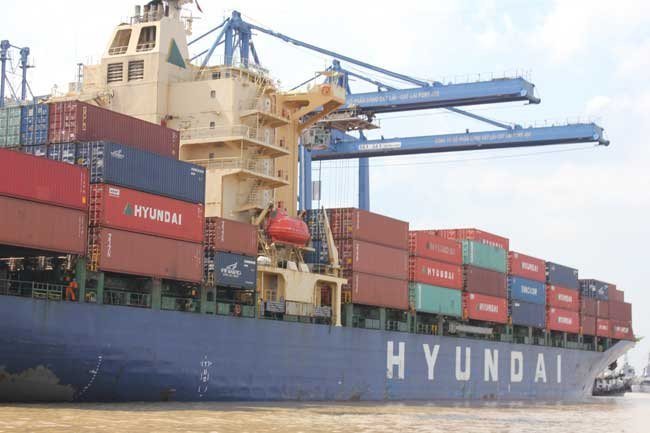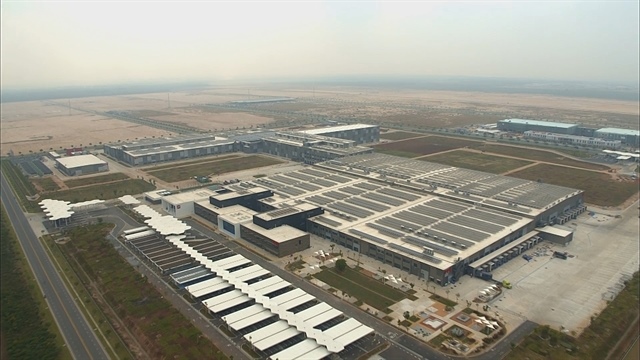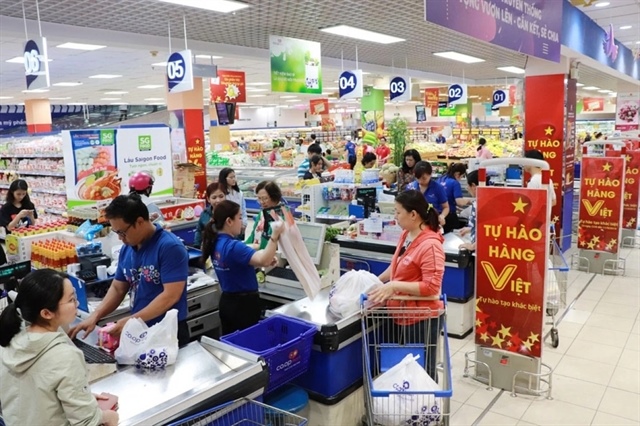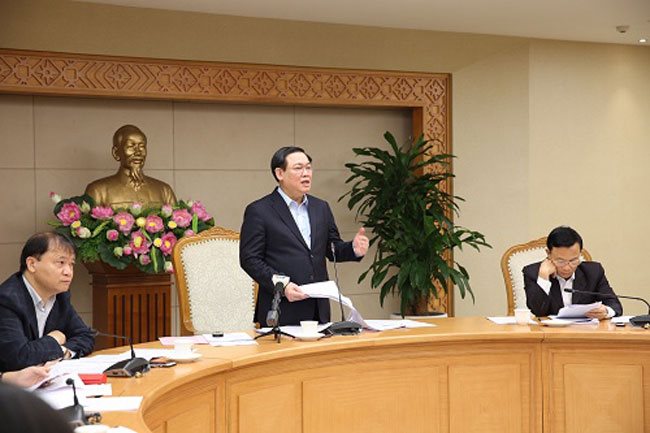Vietnam to see trade surplus for fourth straight year
Vietnam to see trade surplus for fourth straight year
Vietnam posted a trade surplus of over US$9.1 billion between January and November, compared with the year-ago figure of US$7.58 billion. Given the current pace, 2019 will mark the fourth straight year of a trade surplus.

Data revealed that only 20 export items gained annual revenues of over US$1 billion each in 2010. However, the number of such items rose to 23 in 2015 and 31 in 2019.
Such items include not only industrial goods, but also agricultural and aquatic products.
During the 11-month period, Vietnam saw its exports grow strongly. Apart from the U.S. as the biggest buyer, Vietnam’s outbound shipments to the European Union reached US$38 billion, followed by China at US$37.4 billion, and the Association of Southeast Asian nations at US$23.4 billion. Exports to Japan fetched US$18.6 billion, and South Korea US$18.4 billion.
The foreign direct investment sector earned outbound revenue of US$166.7 billion, up US$3.8 billion from one year earlier, while the domestic sector posted a high rate of export growth.
Deputy Minister of Industry and Trade Do Thang Hai told the Government news website that Vietnam attained a monthly trade volume of some US$43 billion on average. He expects total trade in 2019 to reach US$500 billion during the second half of this month.
The outcome is attributable to market expansion through free trade agreements. Vietnam has signed 16 such agreements, with 12 of them taking effect, said Hai.
He noted that the most recent agreement, the Comprehensive and Progressive Agreement for Trans-Pacific Partnership, which became effective in Vietnam early this year, enabled the country to penetrate many new markets with high growth.
Additionally, the ongoing reform of administrative procedures has helped facilitate business activities, especially among local exporters, he said.
However, he also pointed out problems caused by the fraudulent origins of goods, saying that the trade ministry is strengthening its management of monitoring origins of goods, in order to fulfill international commitments and ensure the sustainable development of imports and exports.





















